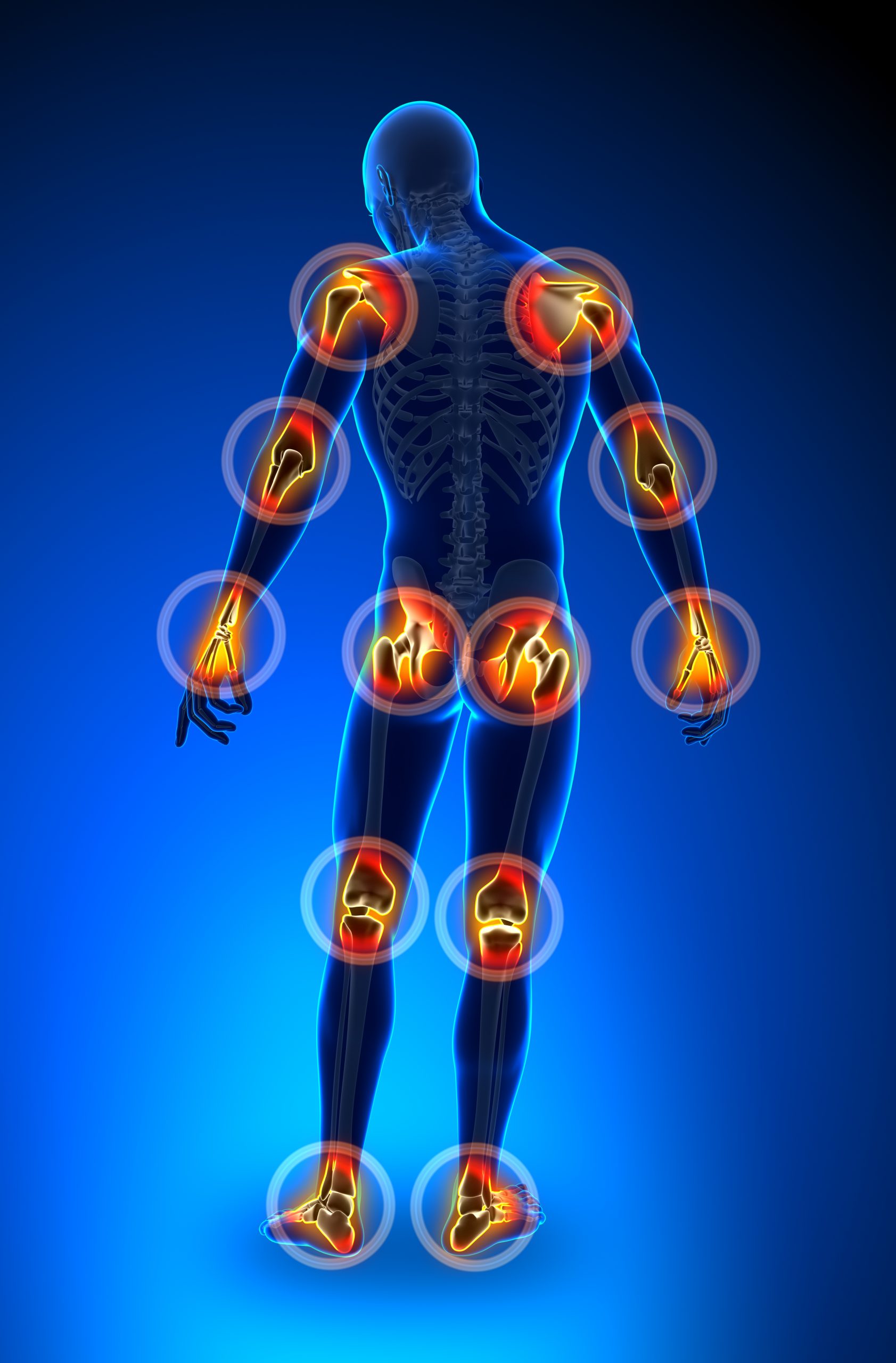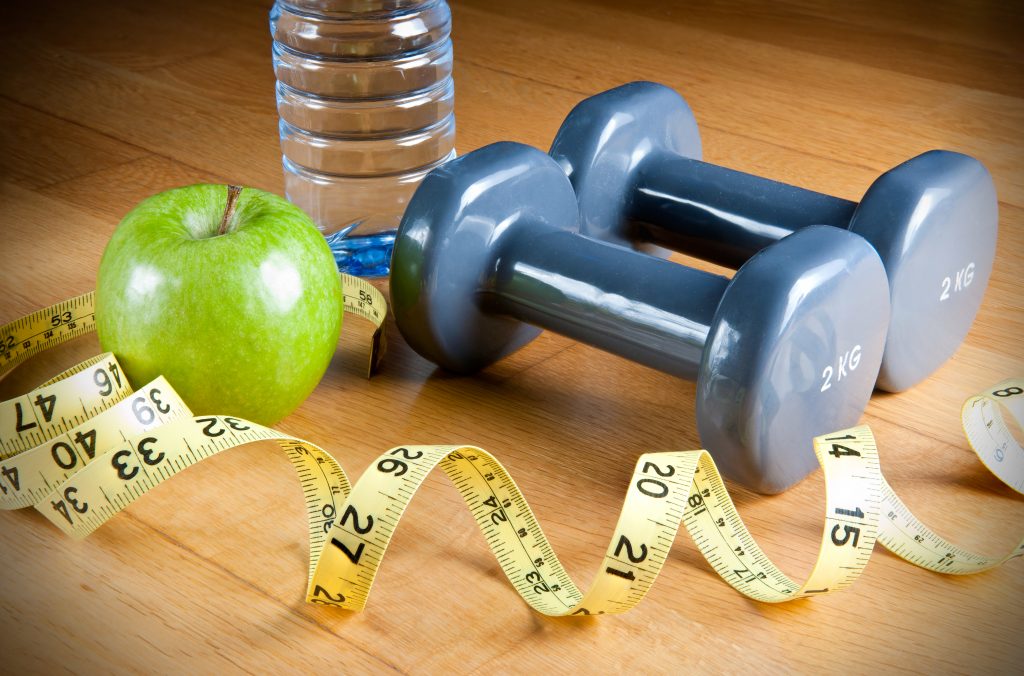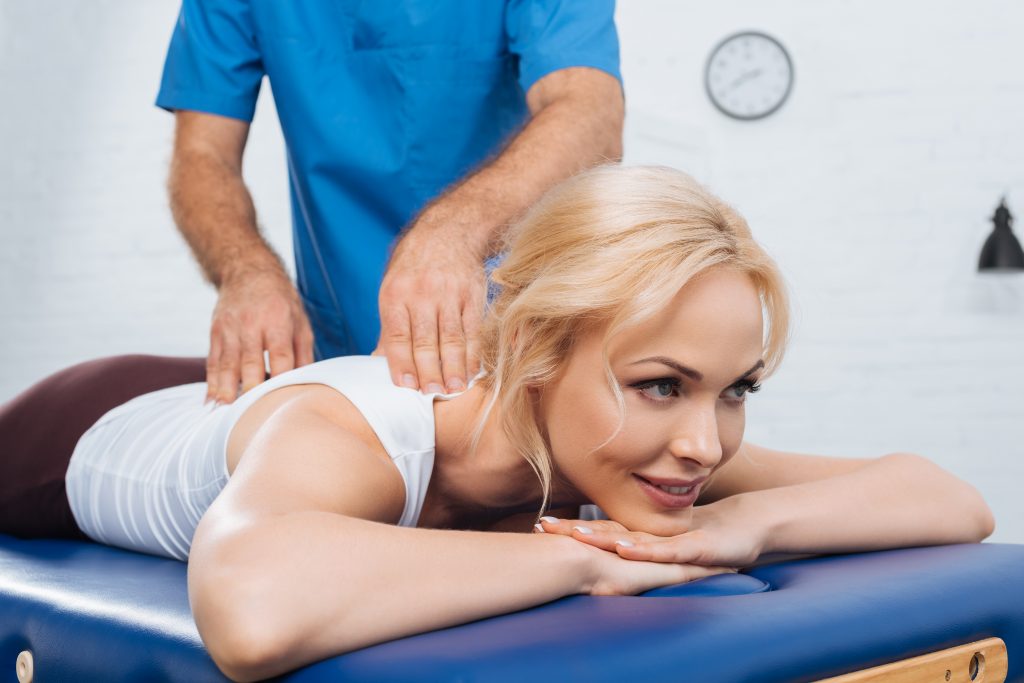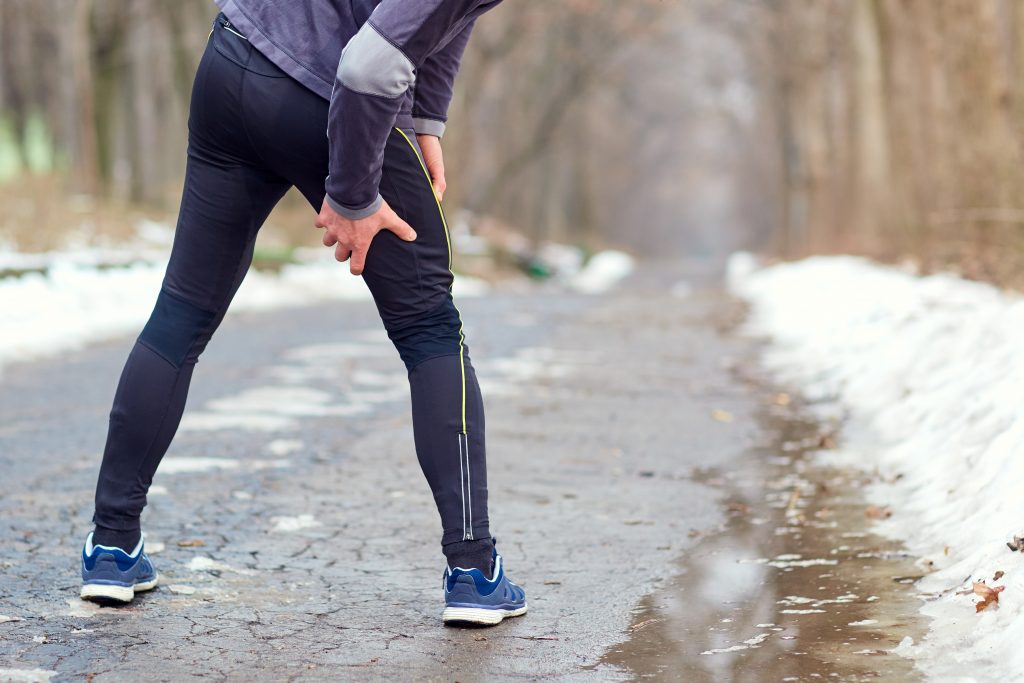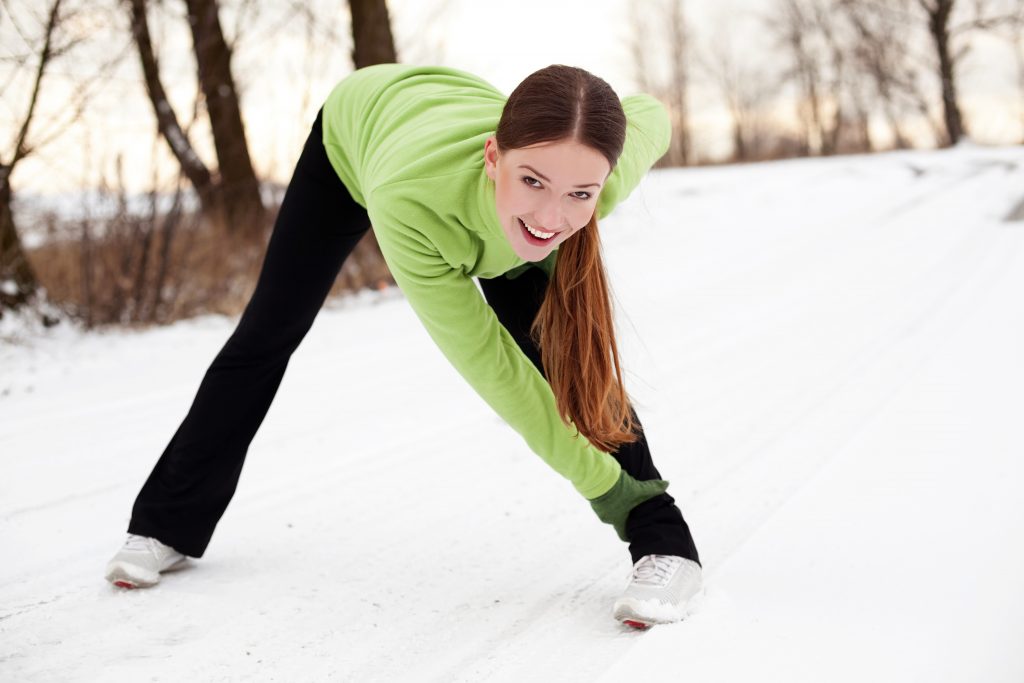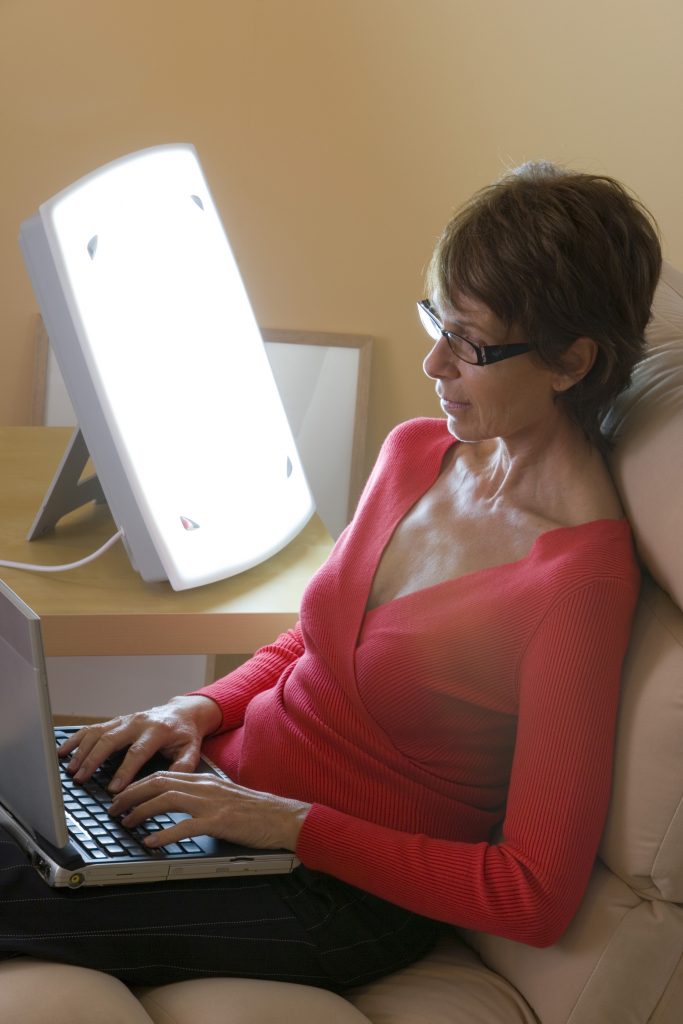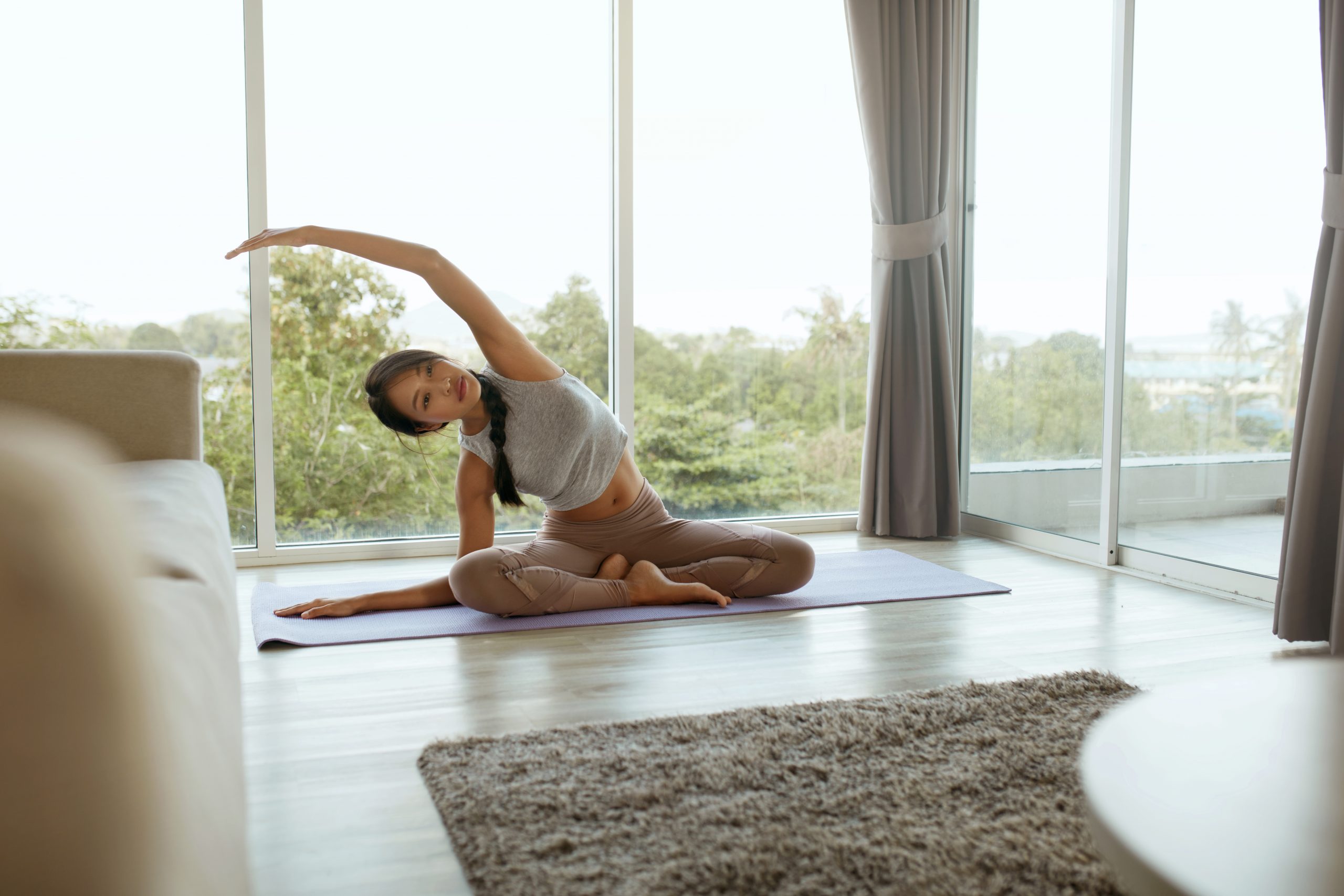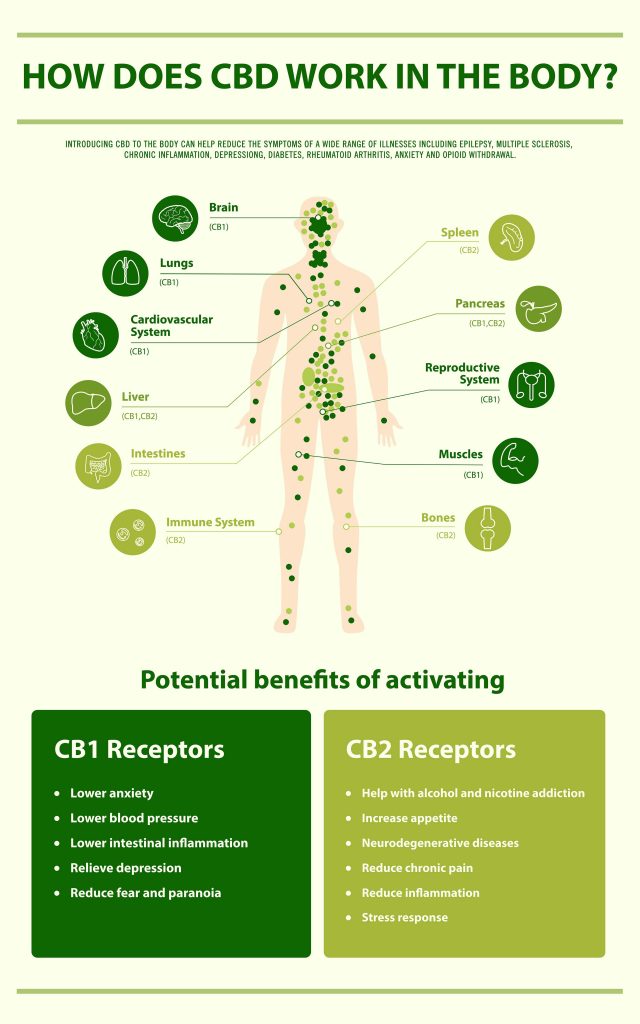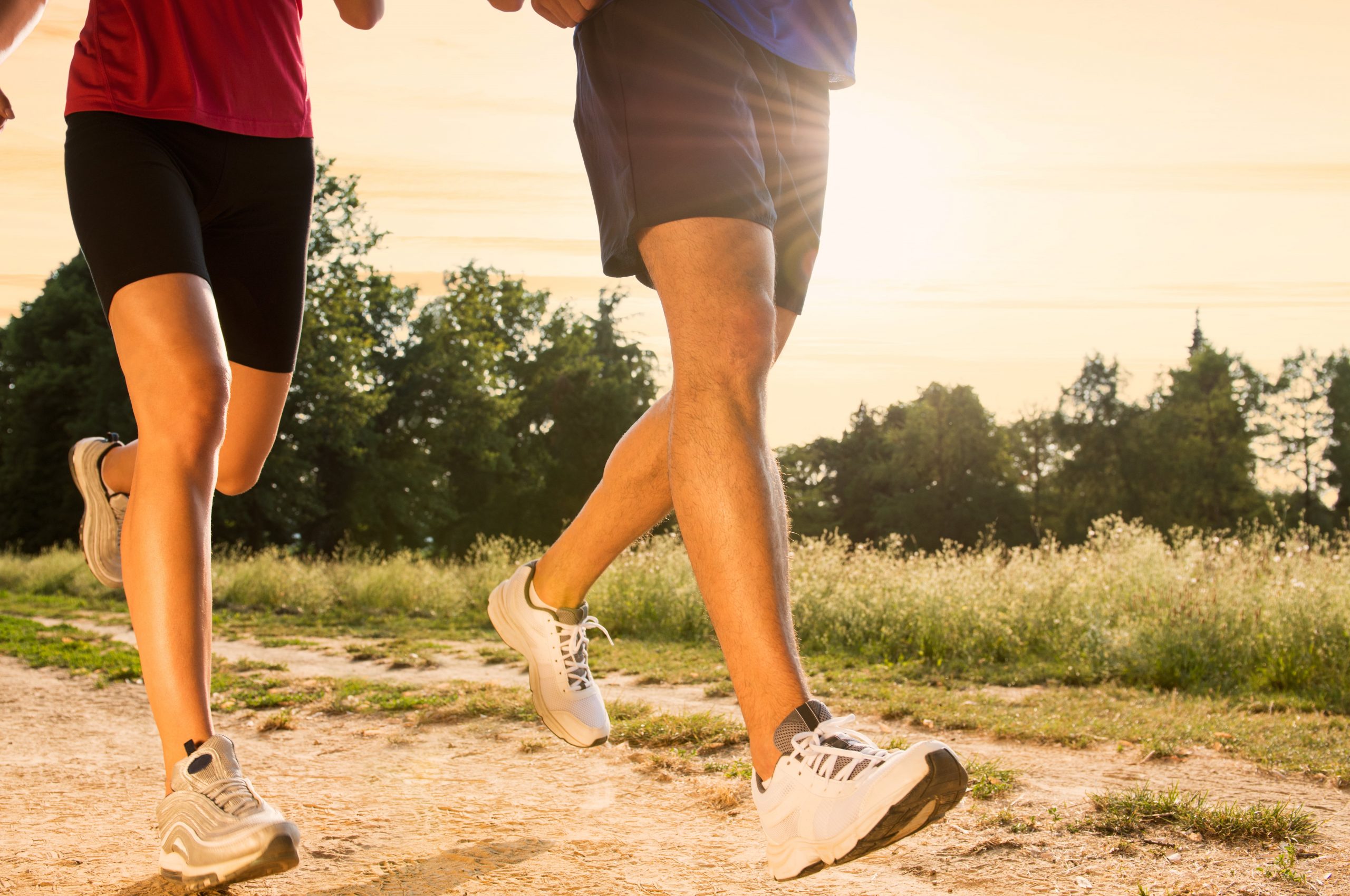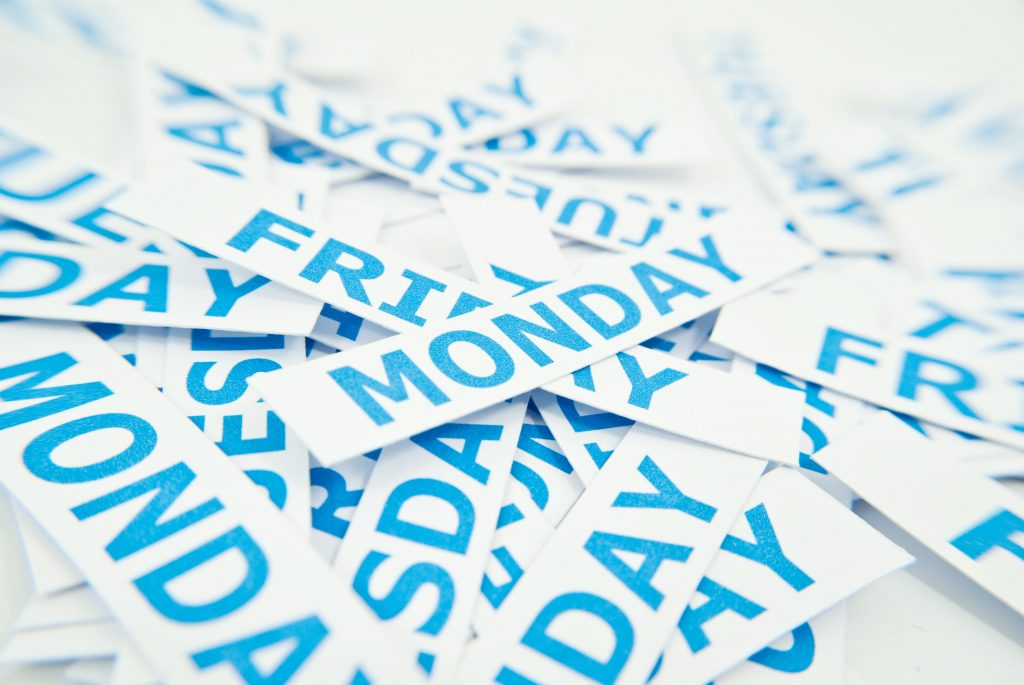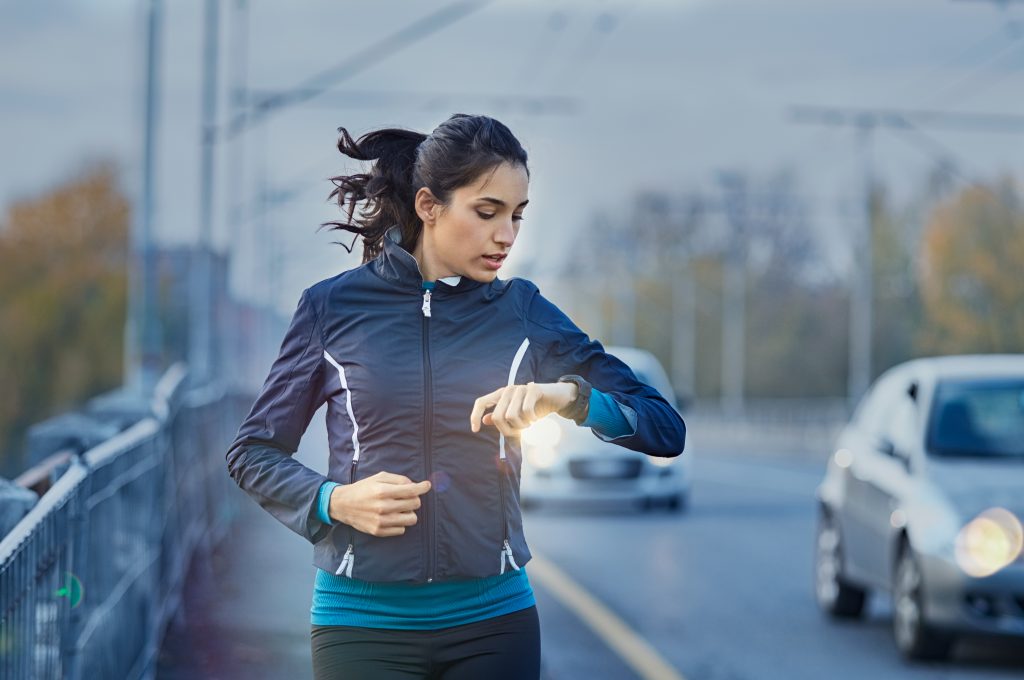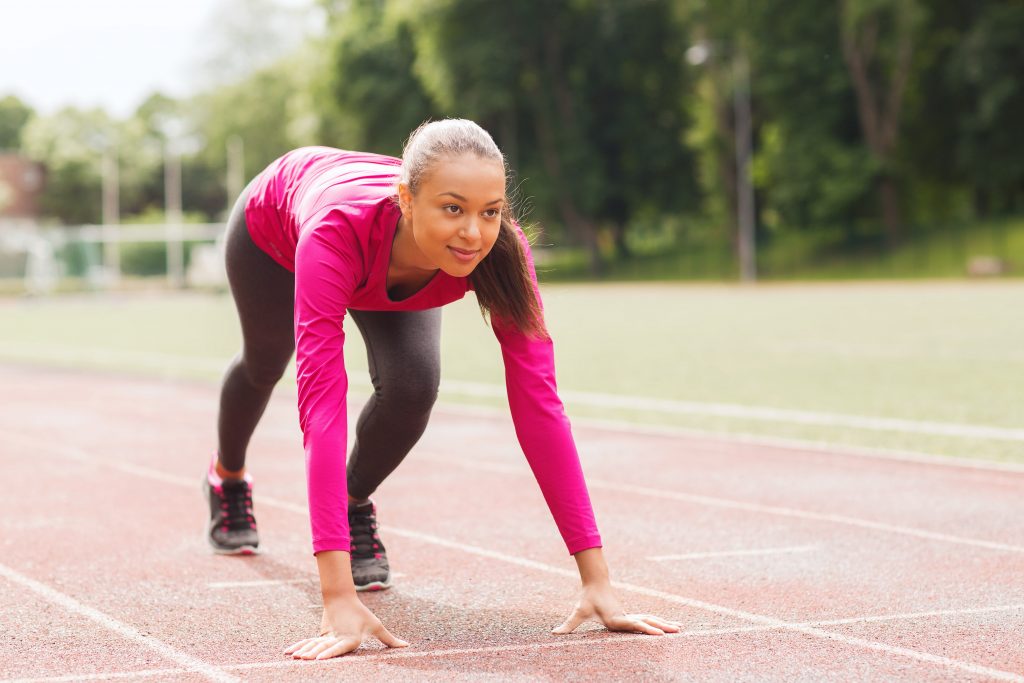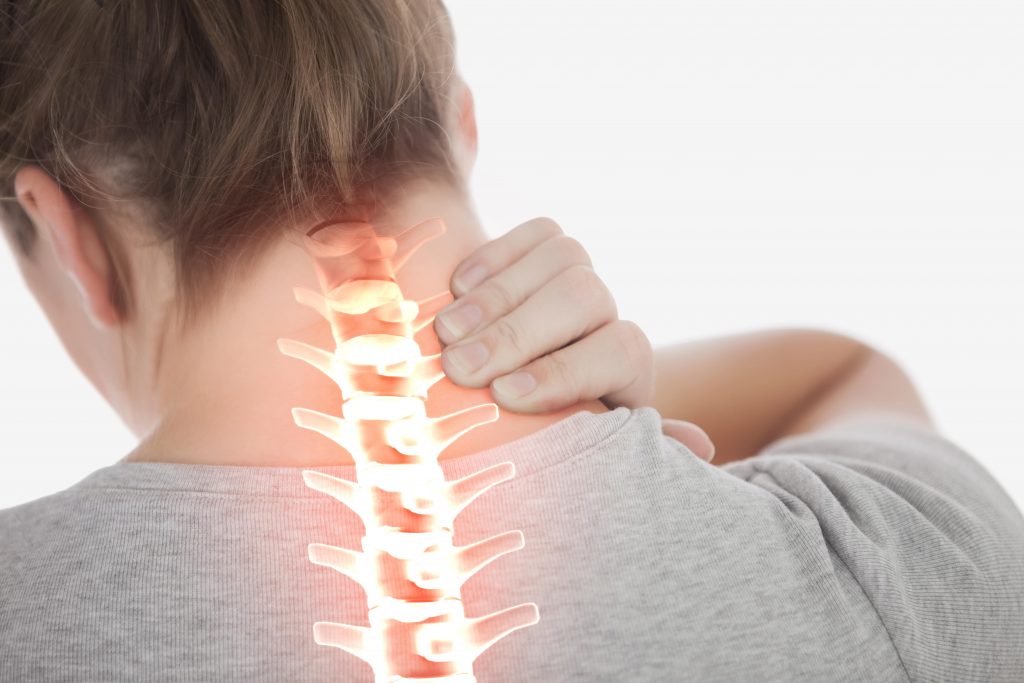Optimally, everyone should get at least 15 minutes of sun for three days a week to be in good health. Unfortunately, those that do not live near the equator may not have access to that amount of sun throughout the year. And in today’s busy climate, very few have the time to get into the sun enough to meet recommendations. Light therapy is a great way to get the Vitamin D we need. You may wonder how the sun is linked to vitamin D so here is a simple explanation. The sun’s UV radiation helps vitamin D precursors in the body to be converted into a usable form.
Why Do We Need Vitamin D?
Vitamin D is necessary for strong bones and can combat Seasonal Affective Disorder (SAD), which includes emotional and physical changes due to change in seasons. Lack of vitamin D may also lead to several complications in the body, including rickets, a reason why you need an alternative source of Vitamin D especially when sun exposure is low. An excellent way to always ensure you get Vitamin D is by using vitamin D lamps.
Vitamin D Lamps for Light Therapy
Vitamin D lamps are sun lamps used for phototherapy. They are fluorescent lamps that produce high-intensity ultraviolet-B (blue) rays. These rays trigger vitamin D production in the body. Here are the benefits of using a Vitamin D lamp:
- Provides you with vitamin D during the winter season, a season when there are less available foods containing vitamin D
- Gives you a refreshed morning- Even with no sunrise, you get to experience ‘sun’ for a few hours in the morning.
- Boosts vitamin D deficiency as researchers have found that it can significantly increase serum Vitamin D levels even more than when using other supplements.
- Great for those who have problems using oral supplements due to side effects such as inflammatory bowel disease and cystic fibrosis.
- Improves sleep in people struggling with insomnia. Helps regulate melatonin, allowing the body to control the sleep-wake cycle.
- Helps ward off seasonal depression by regulating the serotonin which relays signals to the brain and enhances your mood.
- Phototherapy is used to treat people with dementia and Attention Deficit Hyperactivity Disorder (ADHD).
- The vitamin D lamps are adjustable and can be placed in any position. They are also portable hence easy to carry when travelling. This means that you can get your Vitamin D anywhere, anytime.
- Helps boost vitamin D facilitating the absorption of calcium in the body, promoting healthy bone growth and reducing the risk of related health conditions such as rickets.
- Helps modulate the immune system, regulate gene and cell growth, prevent frequent infections, and promote fast wound healing
Vitamin D Deficiency

With the following signs and symptoms, you could start phototherapy with guidance from your healthcare practitioner.
• Fatigue and muscle weakness
• Bone and joint pain
• Slow wound healing
• Frequent infections
Tips when using a vitamin D lamp for light therapy
• Position the lamp 2-3 feet away from where you are to allow better concentration and dispersion of the light.
• Start with 30-40 minutes per day. If you don’t see changes, increase to an hour.
• Be consistent with your light therapy to see the above health benefits.
Bottom line
With a Vitamin D lamp, you can still get the right amount of Vitamin D that your body needs even when there is reduced sun exposure. Get yourself a lamp and say goodbye to insomnia, seasonal depression and other related conditions. Always consult with your health practitioner, especially if you have any underlying health conditions, to know the right Vitamin D lamp to purchase.
Resources
• https://www.chicagotribune.com/news/ct-xpm-2008-05-10-0805090323-story.html
• https://health.clevelandclinic.org/are-sun-lamps-best-to-improve-your-winter-mood/
Dr. Casey Sinclair, D.C. is a leading holistic healthcare doctor trained in functional medicine. He has extended his reach around the world by co-founding Family Health Advocacy, a health advocacy group lead by doctors and health professionals providing resources and education on global health matters. He has been fortunate to act as health a consultant to some of the largest companies in North America and as a professional speaker he’s had the privilege of speaking to thousands of people. Dr. Casey is an advocate for people suffering with chronic pain and fibromyalgia and has authored a book on the subject.




